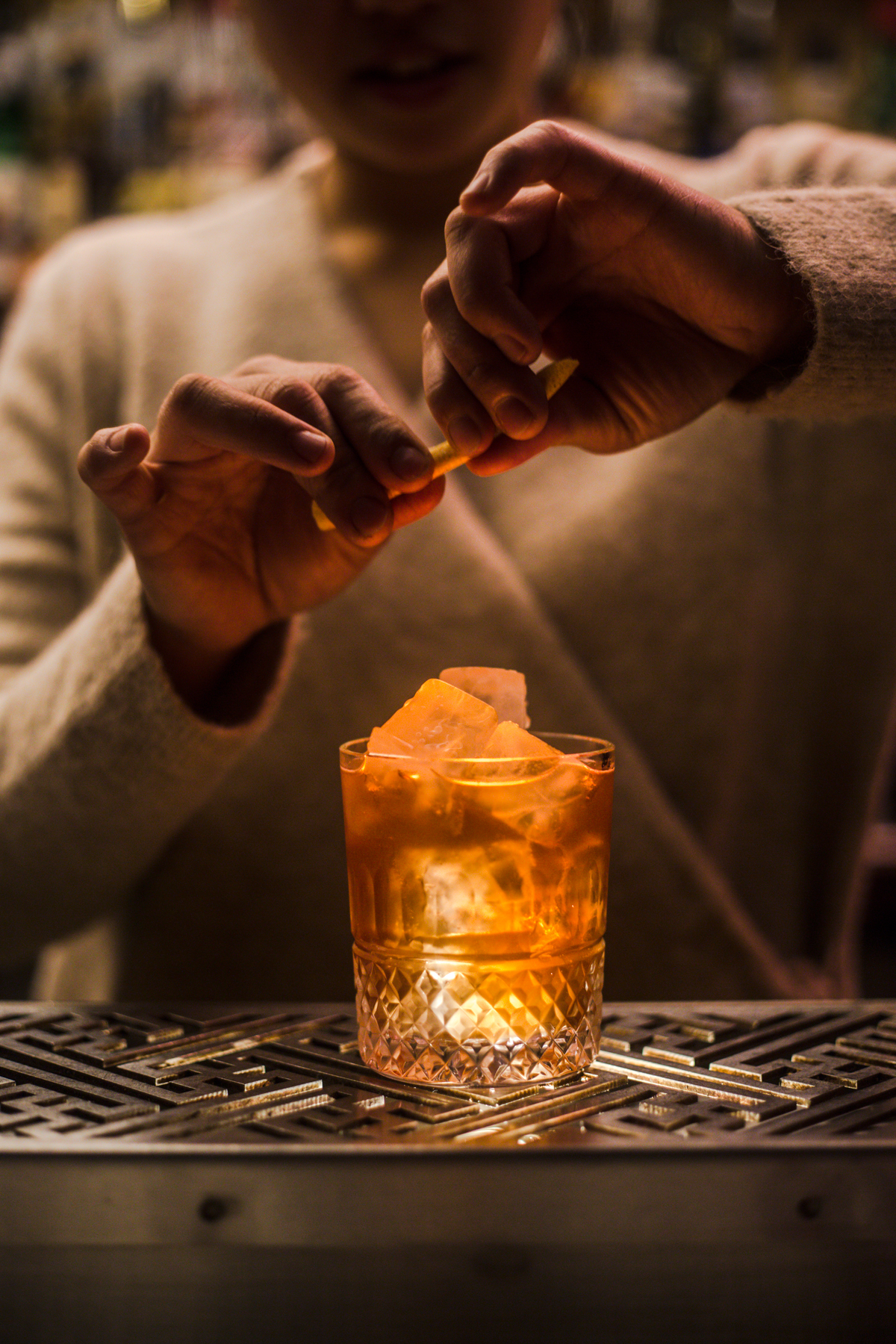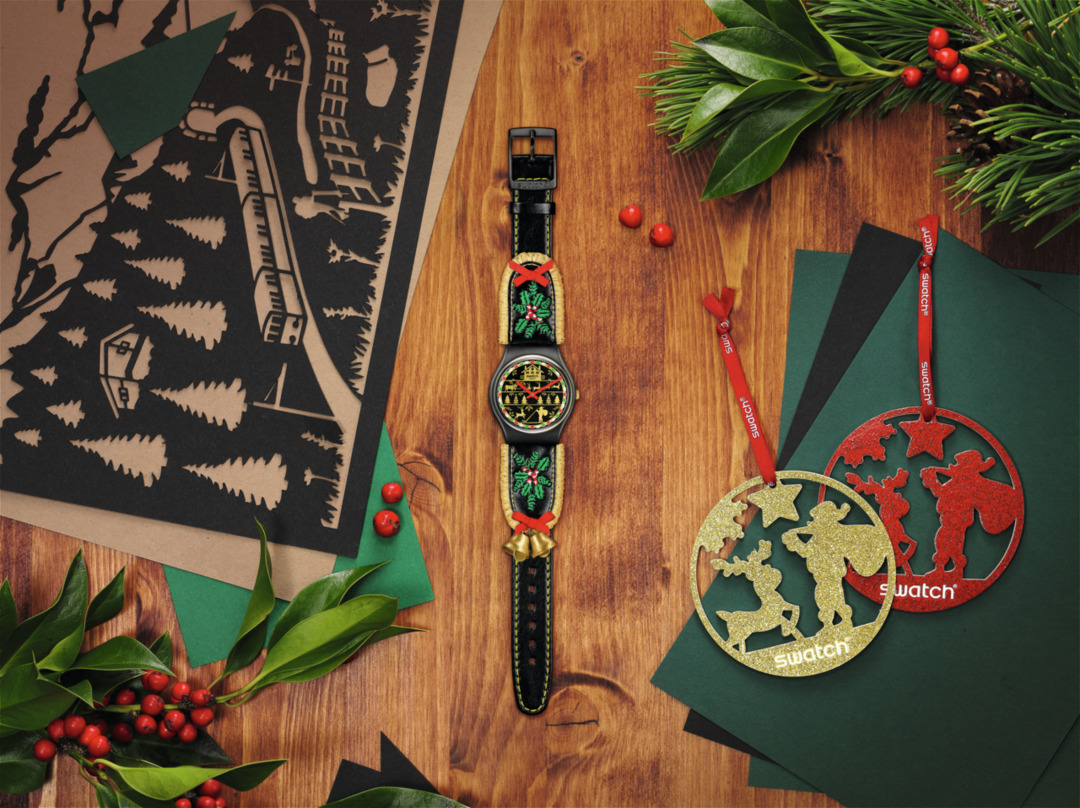Non-alcoholic cocktails are building safer spaces by working inclusivity into traditional bars. Behold, the new cocktail renaissance is upon us.
When most people describe non-alcoholic cocktails, they say they’re like mocktails. But Robin Goodfellow, owner of Toronto bar Pretty Ugly and creator of “placebo cocktails,” is vehemently against the idea they have to be like Shirley Temples. When Goodfellow and his bar manager create a new placebo cocktail for their non-alcoholic menu, they don’t try to create a similar taste to alcohol. They use bitter and herbal ingredients to create flavours that are acidic or minerally — refined alternatives to the syrupy flavours of classic mocktails.
What Goodfellow is doing is conjuring up the elegance and heft of holding a martini. Placebo cocktails, then, exist at a remove from alcohol, a category of drink unto itself. While a mocktail is something that is a substitute, a placebo cocktail is something original, crafted without reference to anything else.
There’s been a surge lately in non-alcoholic beverages — they’ve suddenly become cool. The reasons for going non-alcoholic are manifold: religious, dietary, for mental health reasons, etc. But whatever the reason, it’s obvious that non-alcoholic drinks are appearing on menus more often.
False Ox is a Toronto-based manufacturer of botanical shrubs (a drinking vinegar concentrate that can be mixed with soda for a non-alcoholic drink) and switchels (a natural hydrator that can be mixed into cocktails). Both are made of organic apple cider vinegar. It’s helmed by friends Mike Riley and Jim Squires. They created the brand after seeing first-hand in friends a need for something non-alcoholic. Riley’s wife, for example, was allergic to many things, but still wanted a polished drink at gatherings.


The M.O. for Pretty Ugly when it first opened was to serve only drinks. But Goodfellow, like Riley and Squires, had friends who abstained. He wanted all to enjoy his new space so he went to work on something more than a mocktail. In the ‘80s and ‘90s, these were what bartenders would serve kids. Goodfellow didn’t want to be patronizing, because his friends knew a lot about wine — they just didn’t drink. So he launched the placebo menu.
He points to a trend toward inclusivity on the part of brands and bar owners. It’s an awareness and respect of others’ choices, as opposed to interrogation and conversion. So maybe it’s not that non-alcoholic drinks are more popular now, maybe it’s that some have become aware — as Riley and Goodfellow have — of a pre-existing issue (lack of options for those who don’t drink) and have tried to publicly solve it.
Goodfellow doesn’t care why you’re not drinking — he respects that you’re not and offers you something you’ll like. He wanted to “make sure that people who choose not to drink for whatever reason had a place to go,” because bars are not about getting drunk, they’re about community. There’s a shift taking place in the industry that, underpinned by a desire for inclusivity, wants to create safe spaces. This is a desire borne of empathy. Goodfellow and Riley were inspired to create non-alcoholic alternatives after seeing what being discluded was like.
“You can go out and have the same experience that everyone else is having,” Riley said, bolstering a sentiment of Goodfellow’s. Placebos and False Ox’s shrubs preserve the integrity of the ritual of drinking communally.
According to Goodfellow, there has been a “Cocktail Renaissance” going on for the past few years, and placebo cocktails allow us to sip the best of both worlds. “I don’t see it going away. I only see it improving.”









